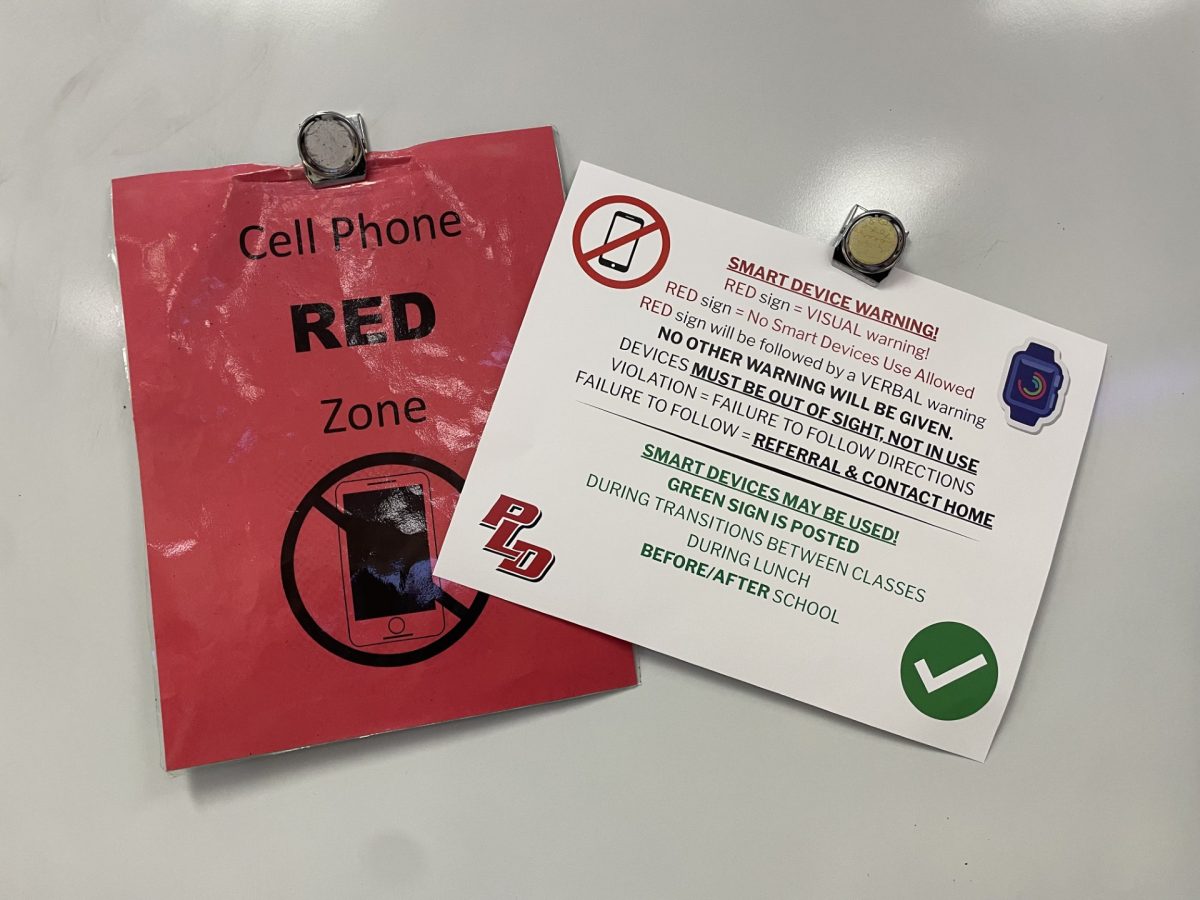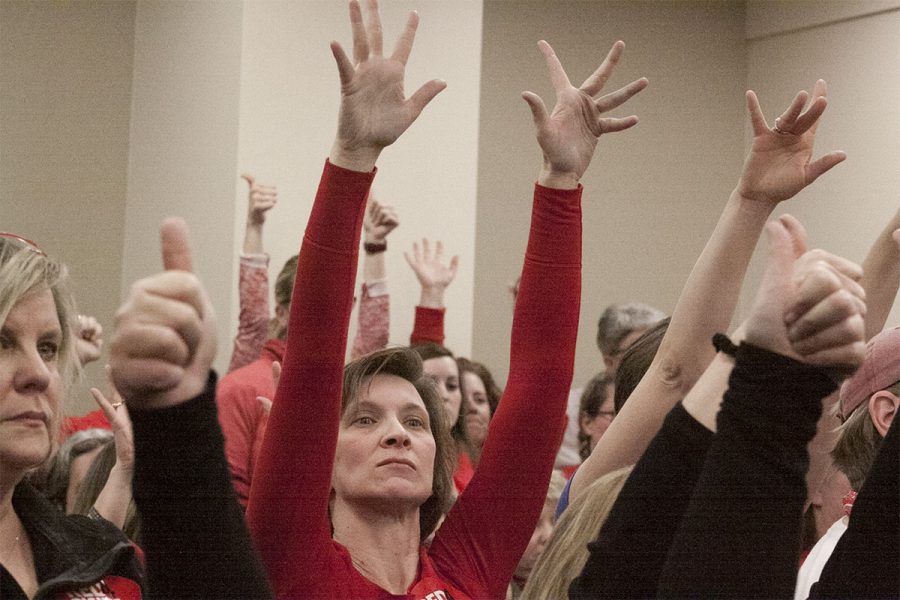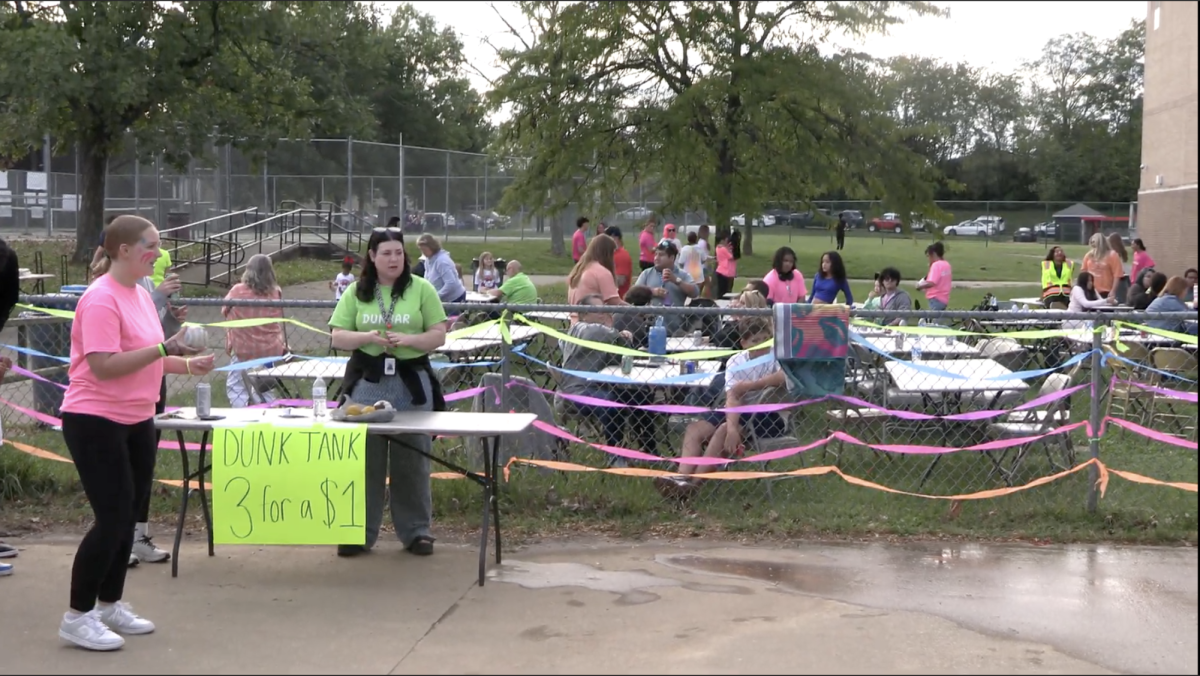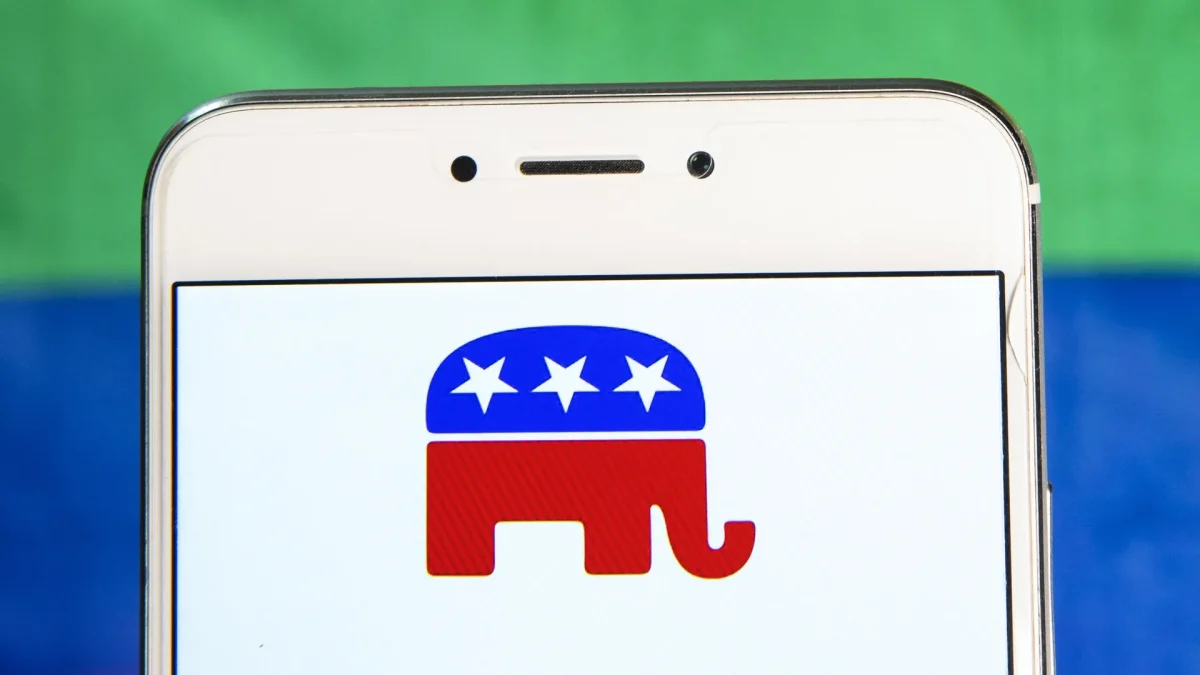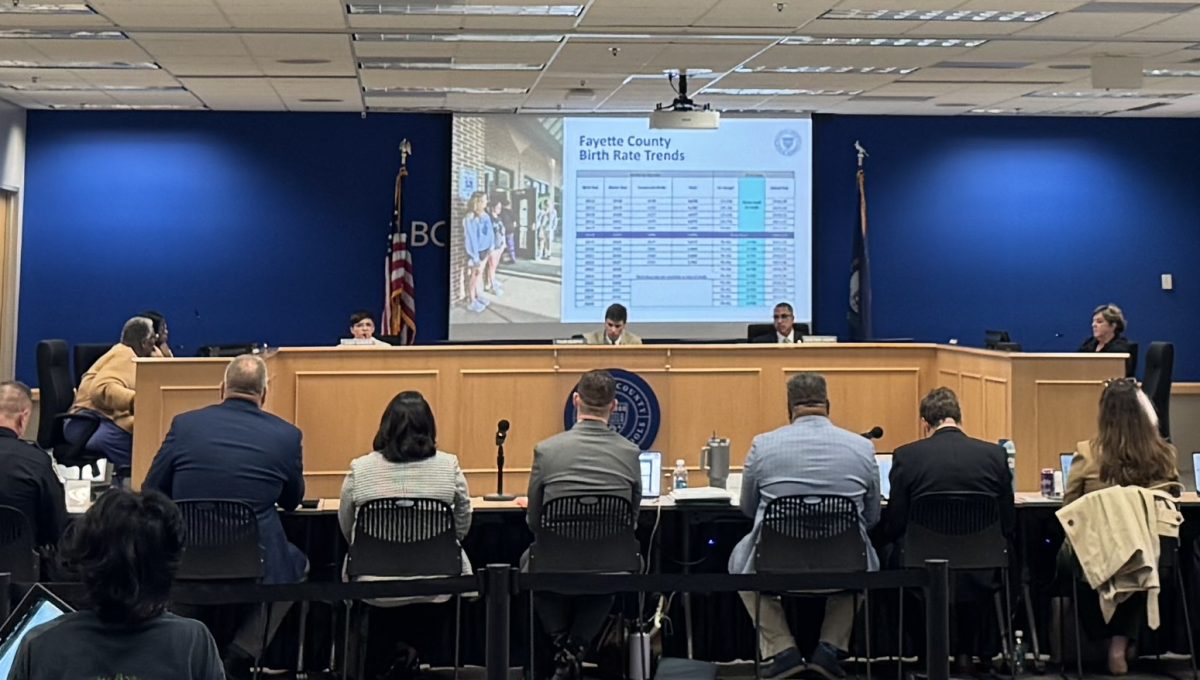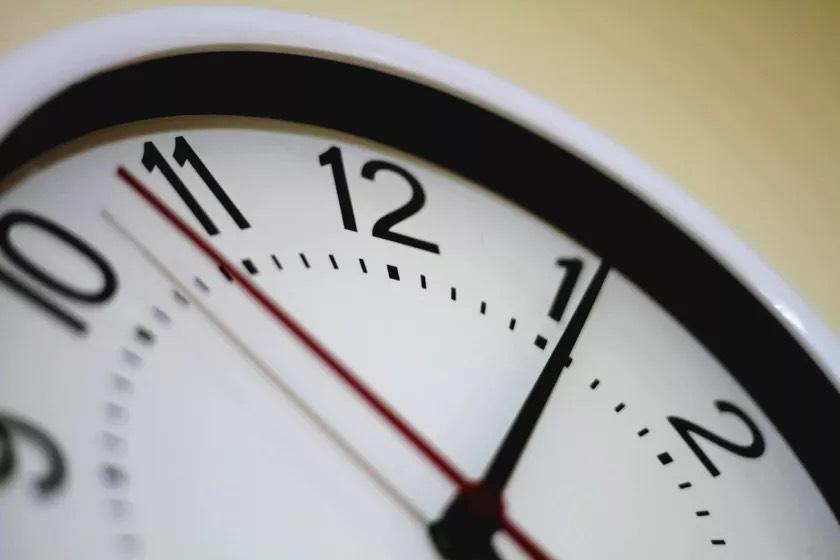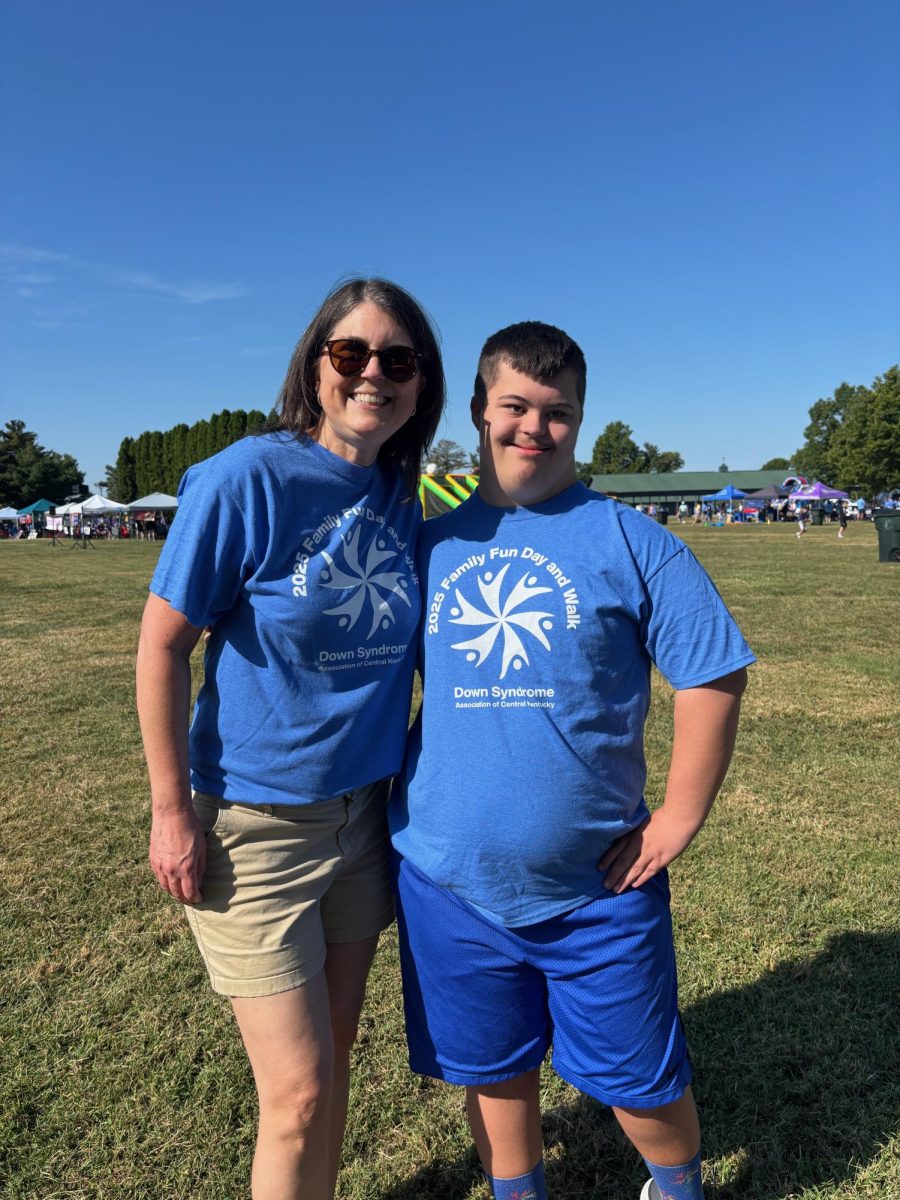On Nov. 3 we gained an extra hour of sleep when Daylight Saving Time (DST) ended and our clocks fell back to standard time.
DST aims to provide more daylight in the evenings of warmer months. Unfortunately, it has become increasingly evident that this extra hour is one of the few fleeting benefits. The concept of DST is outdated and achieves the opposite of its original purpose.
It causes a host of health issues including sleep disruption, serious health conditions, and an increased risk of accidents.
As people wake up in the dark or sleep late because of shifted times, our natural circadian rhythms are disrupted. This causes sleep deprivation, which decreases productivity and exacerbates stress, anxiety, and depression.
At Dunbar, the MSTC magnet requires that students take an extra class during “zero hour” starting at 7:25 a.m. During DST, these students are waking up and attending school in the dark.
Junior Maitri Patel said, “It is much harder for me to stay focused [when it is dark in the morning] because it makes me feel sleepier than I already am.”
DST also reduces our safety on the roads. Fatigued and less alert drivers are raising the risk of traffic accidents by 6%, according to a report published in the peer-reviewed journal Current Biology.
Additionally, an article published in the Journal of Clinical Medicine found that DST time shifts increase the likelihood of heart attack, and another study from Sleep Medicine found similar results for strokes.
It can be argued that DST keeps our citizens healthy in some ways. DST increases physical activity and exposure to sunlight aids in greater Vitamin D production.
Arham Farhan, a member of the Dunbar Lacrosse Team, says that DST helps him improve as a player.
“The extra sunlight makes it possible to practice longer and in warmer weather. It’s not dark when I get home from other activities.”
However, disrupted sleep from time changes can lead to fatigue and decreased motivation to engage in physical activity. Additionally, many individuals have fixed schedules that do not change with the time shift. These people are unable to take advantage of the extra daylight. These potential benefits are influenced by other factors that may negate their effects.
Overall, the health drawbacks of DST more than offset the advantages. But while DST not only affects our bodies, it also harms the environment.
Next, let’s address energy and how DST no longer serves its original purpose. DST was created more than 100 years ago to save electricity. But that was in 1918 when electricity was only used for artificial lighting. Today, the US Energy Information Administration reports that lighting only accounts for 5% of all residential energy consumption.
This shows that today, DST is futile in energy conservation, and other studies confirm this. One 2018 meta-analysis of 44 studies found a 0.34% reduction in electricity consumption from DST, but unfortunately, even these negligible gains are offset elsewhere.
Energy for heating and cooling increases during this time, and according to the US Department of Energy, people drive their cars more, using an extra 8000 barrels of gasoline.
Clearly, DST doesn’t accomplish its goal of energy savings, and in fact, it may be leading to increased consumption, hurting our country and environment in the process.
The semiannual time shift itself also causes problems throughout society. It creates a logistical burden for businesses, transportation systems, and international operations that must adjust schedules or technology systems to account for time changes twice a year. Inconsistent time shifts can also lead to confusion across regions and countries that observe DST differently.
Arizona and Hawaii, multiple US territories, and countries around the world have opted out of DST. This overwhelming majority reflects growing frustration with the disruptions DST causes to daily life, health, and safety.
We need to abolish DST and adopt a single, consistent time standard unaffected by outdated adjustments. The American Academy of Sleep Medicine found that about 63% of Americans prefer eliminating DST. The message is clear: a consistent time standard is what Americans want—and need.
To join the growing movement against DST, reach out to your local representatives and share your voice in favor of a simpler, consistent time standard.



